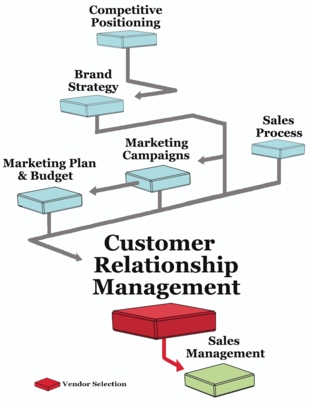Hey guys, I’m
back again. Last time we talked mainly about the offline staging and now it’s
time for another exciting subject: Online Staging. As explained before the
purpose of the staging is to send a certain message in the best way possible.
Nowadays, when internet became a consistent part of our lives, companies
realized the increasing importance of the Online Staging. These days many customers
prefer to buy online and save time, or find the information about events and
products through the Internet. Therefore in order to have an attractive online tool,
which would emphasize the certain characteristics of the company, each detail
of the design and functionality of the website needs to be thought through.

Surveys
have showed that when looking at a website the customer attention is
distributed unequally. Thus the important question is: How and where do we position
information on a website, blog, etc., in the most effective way? In order to
answer this question, surveys have been done, and their results were presented
in my last New Marketing class. One of the interesting findings was that 56% of
people who are using the online searching tools actually focus their attention
to the upper right corner of the page, while 44% to the upper left part. Similar
results were showed when people are shopping online, 58% focus on the upper
right side, and 42% on the upper left.
When
researching this subject I have found a brilliant article about the web design
and positioning of web elements on a website, which is a topic very strong
related to the Online Staging. Enjoy some fragments of useful information:
” Creating
good web site navigation is the most important task a web designer has to
accomplish in the web design process. Web site navigation is the pathway people
take to navigate through sites. It must be well constructed, easy to use and
intuitive. Poor navigation does not help users and often, your site can prove
to be less accessible than others.
Think and act like the average user does. Then
design.
The most
frequent issue in web design is that designers do not act and do not try to
experience web sites from the user perspective. They are often misled to think
that their web site's navigation is the best when in fact it might not be. They
might only have that impression for the simple fact that they're familiar with
it.
It would be
useful to open up a few sites and take a look at the web site navigation, how
it's positioned, how easy it is to go through etc. Consider how many pages you
can access from any page. Can you go to related pages? Are there hints to help
users navigate? Is there a site map with all the pages in the website? Can you
figure out where you are at any time?
Design good primary web site navigation
Although
primary navigation is very important users should not be forced to rely heavily
on primary navigation but rather be able to use smaller "doorways" to
jump to related pages.
Left
navigation. Left
web site navigation is the most common type of navigation. However, the
designer must make sure that at 800x600 resolutions or higher the most
important navigation links are visible in full at first page load and that they
do not fold below the screen. The navigation links width should be narrower
than 300px in order to leave enough space for body text. Left navigation has
become very popular because it is responds to user behaviour: start reading
from the left - read navigation links - click on the desired link - keep reading
fresh content to the left.
Top
navigation. Top
navigation is the second most common navigation. The advantage of a top
navigation bar is that it leaves more room below for content and other relevant
information. However, you must make sure that the navigation stands out. People
tend to ignore everything that looks remotely like adds. If you intend to put
graphics in the header of the page make sure the navigation bar is situated
below the graphics and not above it. People might ignore the graphics and the
navigation bar along with it. They might end up thinking that there's nothing
more to that website. This is a classic example of the importance of secondary
navigation.
Right
navigation. For
English language based web sites people read from left to right. Thus, a menu
situated on the right hand side would be difficult to use. People tend to read
the navigation first and then the body text.
Design good secondary navigation
Links which
do not belong in the primary navigation are used to make up the secondary
navigation. Such links are the usual Contact Us, About Us, Privacy Policy,
Terms of Use, Site Map, Links and so on.
Position of the secondary navigation does not
have a general rule
Secondary
navigation can be placed just below primary navigation while making sure it
does not stand out as much as the primary navigation does. Web designers can
either make the link text smaller, use a separator or leave a reasonable amount
of space for the eye to be able to make distinction between the two. When using
top navigation secondary navigation can be placed on the left hand side of the
page.”
You can
find the full article here. I hope you
liked this topic! Have an amazing day!





